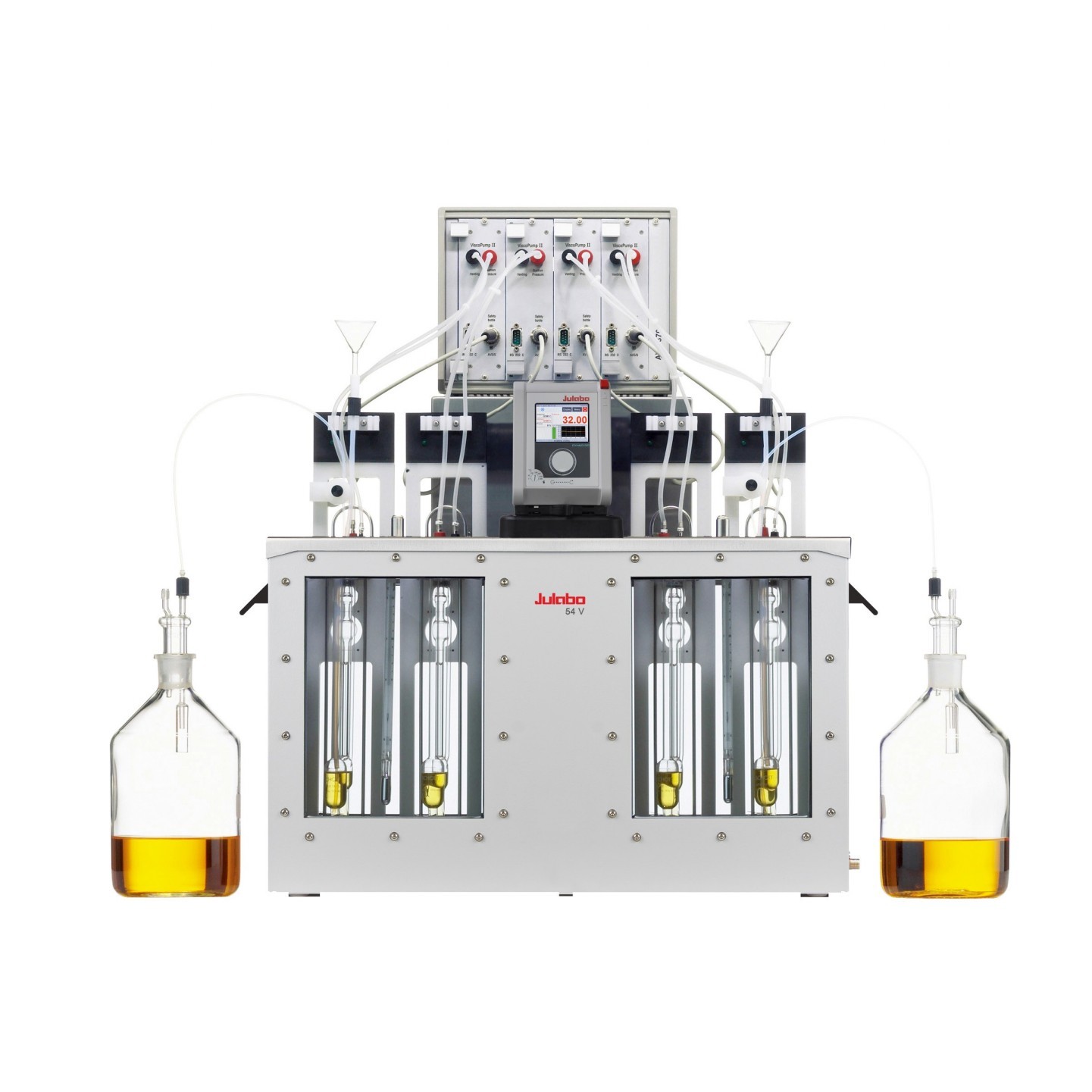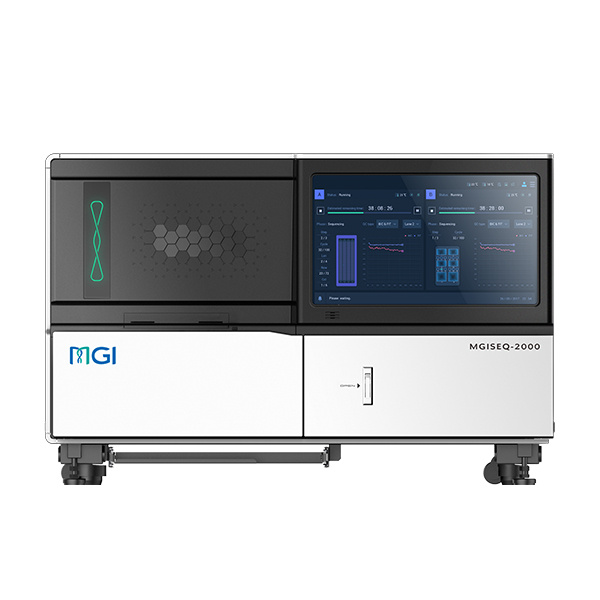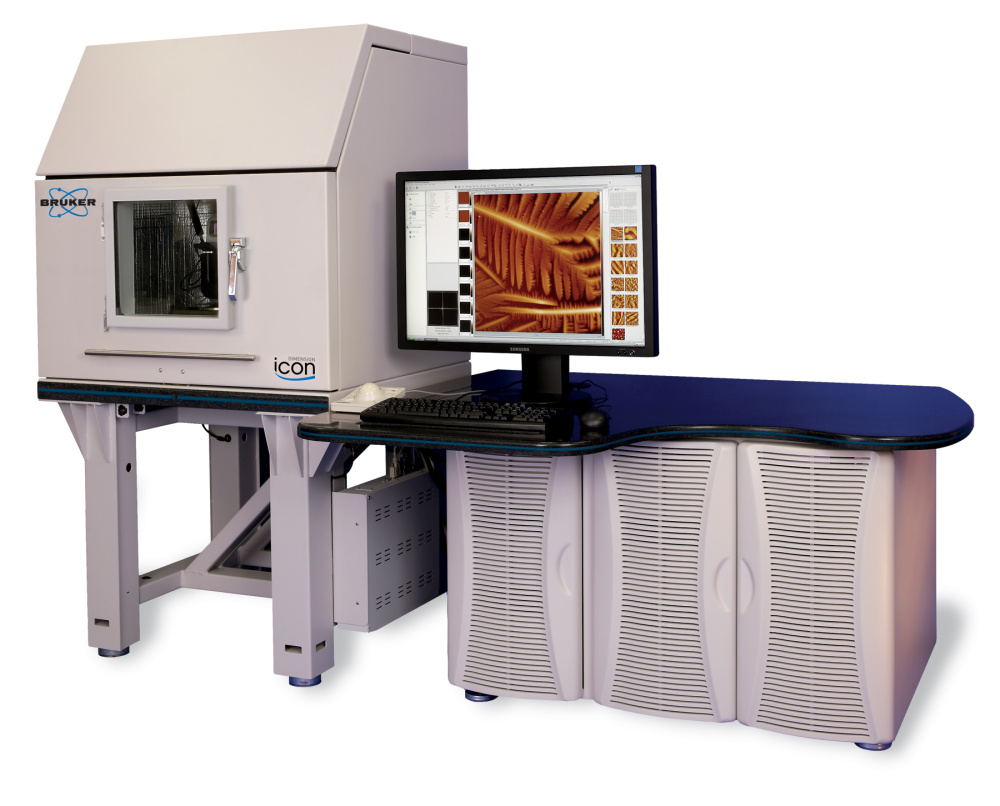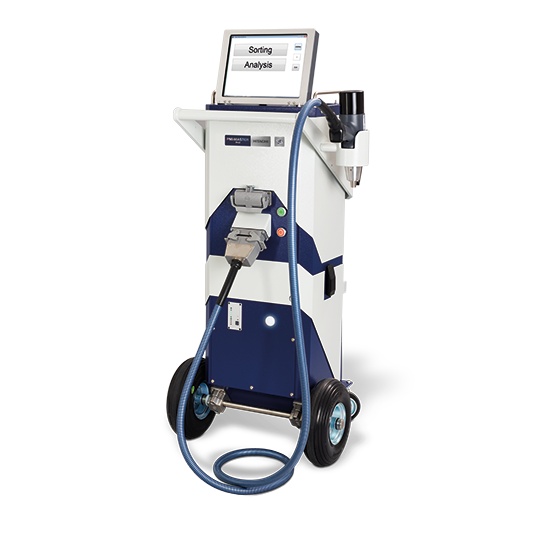我公司是国内最权威的抗体代理商,炎症因子3抗体(穿透素)价格优惠,炎症因子3抗体(穿透素)质量保证,欢迎来电订购或咨询在线客服!
英文名称 Anti-PITX3
中文名称 炎症因子3抗体(穿透素)
别 名 Homeobox protein PITX 3; Homeobox protein PITX3; MGC12766; Paired like homeodomain transcription factor 3; Paired-like homeodomain transcription factor 3; Pituitary homeobox 3; PITX 3; Pitx3; PITX3_HUMAN; PTX 3; PTX3.
浓 度 1mg/1ml
规 格 0.2ml/200μg
抗体来源 Rabbit
克隆类型 polyclonal
交叉反应 Human, Mouse, Rat, Chicken, Dog, Pig, Cow, Horse, Rabbit
产品类型 一抗
研究领域 细胞生物 免疫学 染色质和核信号 神经生物学 表观遗传学
蛋白分子量 predicted molecular weight: 32kDa
性 状 Lyophilized or Liquid
炎症因子3抗体(穿透素)随着国内抗体行业的崛起,我国自主品牌的抗体,都蛮多了,质量也不错,技术在逐渐成熟,价格也比国外的廉价的多,受到国内顾客的热捧,我们公司为了方便客户,特推出阴离子转运蛋白-1抗体规格15ug、30ug、50ug、100ug,15ug和30ug等,我们全国包邮,大中城市免费快递。抗体分子是生物学和医学领域用途最为广泛的蛋白分子。抗体作为疾病预防、诊断和治疗的制剂已有上百年的发展历史。随着生命科学研究的迅猛发展,抗体工程在生物技术领域越来越占有非常重要的地位。我公司可为您提供快速的、高质量的和经济的多克隆抗体制备服务,并将成为您在科研及生产中的得力助手。
免 疫 原 KLH conjugated synthetic peptide derived from human PITX3
亚 型 IgG
纯化方法 affinity purified by Protein A
储 存 液 0.01M PBS, pH 7.4 with 10 mg/ml BSA and 0.1% Sodium azide
产品应用 WB=1:100-500 ELISA=1:500-1000 IHC-P=1:100-500 IHC-F=1:100-500 IF=1:100-500
(石蜡切片需做抗原修复)
not yet tested in other applications.
optimal dilutions/concentrations should be determined by the end user.
保存条件 Store at -20 °C for one year. Avoid repeated freeze/thaw cycles. The lyophilized antibody is stable at room temperature for at least one month and for greater than a year when kept at -20°C. When reconstituted in sterile pH 7.4 0.01M PBS or diluent of antibody the antibody is stable for at least two weeks at 2-4 °C.
Important Note This product as supplied is intended for research use only, not for use in human, therapeutic or diagnostic applications.
产品介绍 The transcription factor PITX3 is expressed selectively in the midbrain and regulates the differentiation and survival of dopaminergic neurons. Lack of this factor results in a degeneration similar to that seen in Parkinson's disease. PITX3 is also important in eye developement; mutations of the PITX3 gene have been associated with a familial form of cataracts.
Function : Transcriptional regulator which is important for the differentiation and maintenance of meso-diencephalic dopaminergic (mdDA) neurons during development. In addition to its importance during development, it also has roles in the long-term survival and maintenance of the mdDA neurons. Activates NR4A2/NURR1-mediated transcription of genes such as SLC6A3, SLC18A2, TH and DRD2 which are essential for development of mdDA neurons. Acts by decreasing the interaction of NR4A2/NURR1 with the corepressor NCOR2/SMRT which acts through histone deacetylases (HDACs) to keep promoters of NR4A2/NURR1 target genes in a repressed deacetylated state. Essential for the normal lens development and differentiation. Plays a critical role in the maintenance of mitotic activity of lens epithelial cells, fiber cell differentiation and in the control of the temporal and spatial activation of fiber cell-specific crystallins. Positively regulates FOXE3 expression and negatively regulates PROX1 in the anterior lens epithelium, preventing activation of CDKN1B/P27Kip1 and CDKN1C/P57Kip2 and thus maintains lens epithelial cells in cell cycle (By similarity).
Subunit : Interacts with SFPQ (By similarity).
Subcellular Location : Nucleus.
Tissue Specificity : Highly expressed in developing eye lens.
DISEASE : Defects in PITX3 are a cause of cataract autosomal dominant (ADC) [MIM:604219]. Cataract is an opacification of the crystalline lens of the eye that frequently results in visual impairment or blindness. Opacities vary in morphology, are often confined to a portion of the lens, and may be static or progressive. In general, the more posteriorly located and dense an opacity, the greater the impact on visual function. Cataract is the most common treatable cause of visual disability in childhood.
Defects in PITX3 are a cause of anterior segment mesenchymal dysgenesis (ASMD) [MIM:107250]; also known as anterior segment ocular dysgenesis (ASOD). ASMD consists of a range of developmental defects in structures at the front of the eye, resulting from abnormal migration or differentiation of the neural crest derived mesenchymal cells that give rise to the cornea, iris, and other components of the anterior chamber during eye development. Mature anterior segment anomalies are associated with an increased risk of glaucoma and corneal opacity. Conditions falling within the phenotypic spectrum include aniridia, posterior embryotoxon, Axenfeld anomaly, Reiger anomaly/syndrome, Peters anomaly, and iridogoniodysgenesis.
Defects in PITX3 are the cause of cataract posterior polar type 4 (CTPP4) [MIM:610623]. A subcapsular opacity, usually disk-shaped, located at the back of the lens. It can have a marked effect on visual acuity. Some patients affected by cataract posterior polar type 4 can present a severe phenotype including microphthalmia and neurological dysfunction.
Similarity : Belongs to the paired homeobox family. Bicoid subfamily.
Contains 1 homeobox DNA-binding domain.
炎症因子3抗体(穿透素)Database links : UniProtKB/Swiss-Prot: O75364.1
PITX3是一种急性期反应蛋白,也是一种炎症标志物,在炎症级联反应中均起着重要作用,并参与了机械牵张刺激引起的炎症反应过程。
![]()















